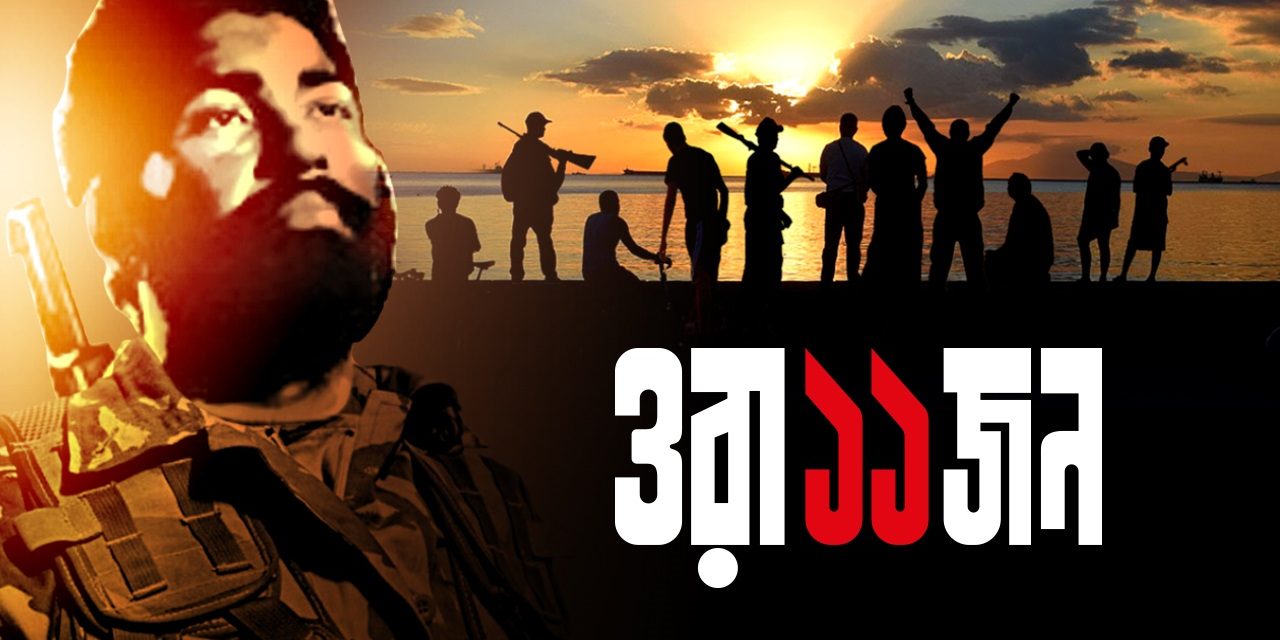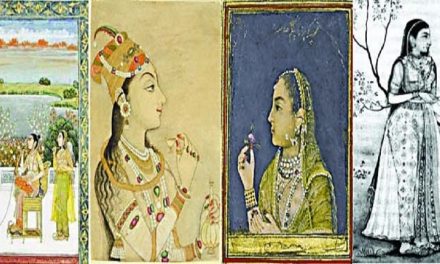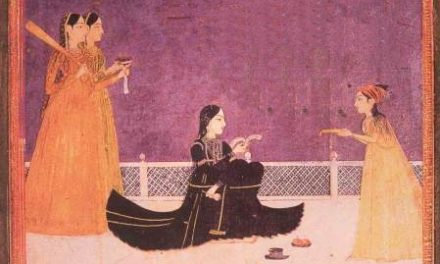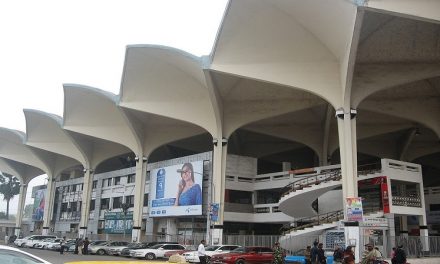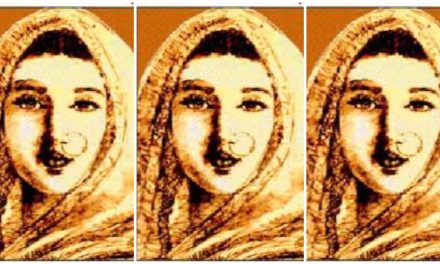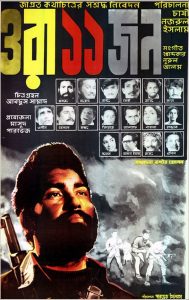
Almost 47 years ago, on August 11, 1972, the movie ‘Ora Egaro Jon’ was released in Dhaka. It was the first film shot and released in Bangladesh after the liberation war in 1971. The intriguing narrative of this movie mainly revolves around eleven freedom fighters and their real stories. The director of this film Chashi Nazrul Islam, the producer Masud Parvez (Sohel Rana), and the main actor Kamrul Alam Khan (Khosru) were freedom fighters. Eleven actors played the eleven roles in the movie were real freedom fighters too.
How did it all start?
During the war as a freedom fighter, Chashi Nazrul realised that the war was not a fiction, it was real. He was dreaming of making a movie based on a true war story if he had survived the war. Probably he was not so sure if he could make it because the horror of the war was so real that the death was lurking around every corner every moment. Fortunately, he outlived the war. On December 19, 1971, just after two days of the war, Chashi Nazrul went to Sgt. Zahurul Haq Hall at DU to meet the student leader Khosru. He discussed his idea about this film with Khosru, who instantly offered his helping hands to Chashi Nazrul. However, there was a problem. They did not have any money to make the film.

How did they secure the finance then?
The duo planned to contact Star Film Corporation, the largest film producer at that time. Chashi Nazrul, Khosru, and other two freedom fighters, Murad, and Kazi Firoz Rashid (now politician) one day knocked the door of Star Film through the Managing Director Iftekhar Alam. The Chairman of the company Sher Ali Ramji provided the money for this venture without asking them anything, although he was initially quite hesitant to invest in this movie. Finally, Masud Parvez signed the legal agreement with Star Film and received the money on behalf of the Chashi Nazrul’s team. Hence, Masud Parvez became the official producer of the movie.
Why on earth did Chashi Nazrul include number 11 in the title of the movie?
He came up with this specific number based on two facts: his inspiration from the 11-point movement of Chatra Shongram Parishad, and Bangladesh was divided into 11 sectors during the war.
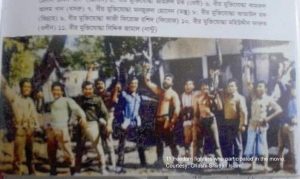
How did Chashi Nazrul make the war scenes so realistic?
The shooting of this movie began in Jaidevpur on February 3, 1972, with live ammunition and real guns. Since the war had just ended, live firearms were readily available. Although the movie used live ammunition for the shooting, the actors and other supporting staff did not care much about the risks associated with these. Their ultimate objective was to make an epic narrative that would portray a snapshot of the real liberation war, and they did this quite masterfully.
What is remarkable in all of these?
The most amazing aspect of this story is that a group of young brave visionary fighters who fought for the country by risking their lives and returned from the battlefield just a few days ago, devoted their remaining last bit of energy drop-by-drop for this movie that stands for us today as a milestone.
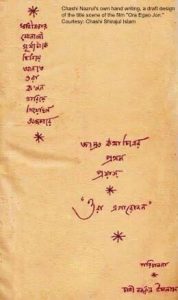
Courtesy: Poster: Abdus Sobur (1972). Daily Asian Age (16-12-2017). Next Education World (16-12-2011).

